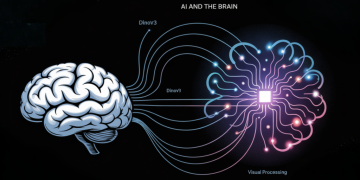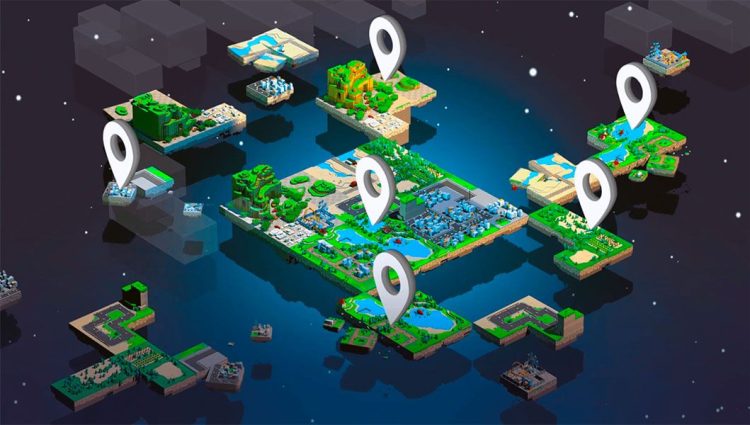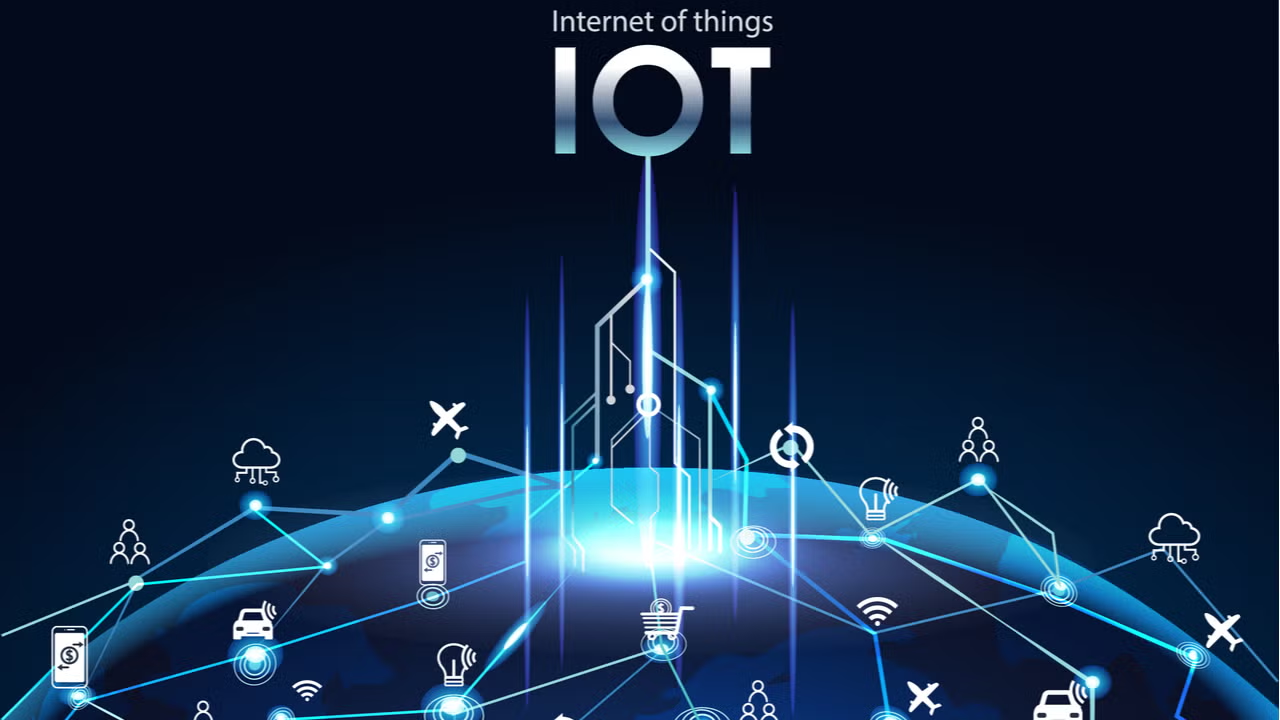The Metaverse, once hailed as the next great frontier of digital interaction, is now at a crossroads. What seemed like a revolution in the making has faced some turbulence. Skepticism about its long-term viability, coupled with financial challenges, has led many to wonder: Is the Metaverse already dead, or is it merely evolving into something unexpected? In this article, we will explore the Metaverse’s current status, its evolution, and the future of digital spaces.
A Brief History of the Metaverse
To understand where the Metaverse is heading, it’s important to trace its origins. The term “Metaverse” was first coined by author Neal Stephenson in his 1992 science fiction novel Snow Crash. In Stephenson’s vision, the Metaverse was a vast, immersive virtual world where users could interact with each other and digital environments through avatars. Over time, this concept evolved, with early virtual reality (VR) and online gaming platforms like Second Life and World of Warcraft offering glimpses of a digital universe that connected people from all corners of the globe.
However, it wasn’t until the mid-2010s, with the rise of Oculus VR and the increasing development of blockchain technologies, that the Metaverse truly began to capture the mainstream imagination. Tech giants like Facebook (now Meta), Microsoft, and Google began investing heavily in immersive digital environments, VR, augmented reality (AR), and 3D virtual spaces. The Metaverse became synonymous with the future of work, entertainment, and social interaction in the digital age.
Early Hype: A Dream Too Big?
At the peak of the Metaverse hype cycle, it seemed like everyone was talking about it. CEOs of tech companies boldly predicted that the Metaverse would reshape every aspect of our lives. The idea of people spending their entire days in virtual worlds, attending virtual concerts, meetings, and social gatherings, was painted as inevitable. Billions of dollars flowed into Metaverse-related projects, and hundreds of companies began creating virtual goods and services.
Yet, by 2023, the excitement around the Metaverse had plateaued. The hype gave way to doubts as users found the actual experience of the Metaverse to be less revolutionary than expected. VR headsets, once thought to be the gateway to immersive experiences, remained bulky and uncomfortable for many users. Additionally, virtual worlds failed to offer the kind of rich, seamless integration into real life that had been promised. The Metaverse, rather than being a grand, immersive utopia, felt like a fragmented collection of digital spaces that lacked coherence.
The Reality Check: Why the Metaverse Fell Short

There are several reasons why the Metaverse failed to live up to its early promises. One major factor is the technology itself. Virtual reality (VR) and augmented reality (AR) have not yet achieved the level of sophistication necessary to create fully immersive experiences that are both accessible and comfortable. VR headsets remain heavy, expensive, and often cause motion sickness, making it difficult for mass adoption. Meanwhile, AR—though more promising in some ways—has faced challenges in terms of hardware (e.g., glasses that are both stylish and functional) and software (creating immersive AR experiences that feel natural and seamless).
Another challenge is the user experience (UX). Many Metaverse platforms still lack the user-friendly design and ease of access that would make them mainstream. Navigating these virtual worlds often feels like a clunky, disjointed experience. Additionally, virtual worlds have yet to offer experiences that go beyond the novelty of “being there.” Sure, you can attend a concert or chat with friends, but the interactions remain superficial compared to real-life experiences.
Moreover, there is the issue of content and purpose. Early Metaverse platforms promised a broad range of activities, from shopping and entertainment to education and work. However, few virtual worlds have been able to sustain a steady flow of high-quality, engaging content. As the novelty fades, users begin to ask themselves: “Why should I spend time in this virtual space when I can get the same (or better) experience in the real world?”
A Shift Toward Evolution: The Metaverse as a Tool, Not a Destination
So, is the Metaverse dead? No, it’s not dead, but it’s certainly evolving. Instead of being a single, all-encompassing virtual world, the Metaverse is becoming a collection of interconnected digital environments, each serving specific needs and purposes. It’s likely that the future of the Metaverse won’t involve people spending all of their waking hours in a single virtual space. Instead, it will be an integrated part of daily life, used when needed, rather than as a replacement for the real world.
The Rise of Hybrid Experiences

The Metaverse’s evolution is already visible in the rise of hybrid experiences that blend physical and digital realities. Augmented Reality (AR) is playing a significant role here, with applications that overlay digital elements onto the physical world. Pokémon Go, for example, took the world by storm by blending the virtual and the real through AR. Similarly, in the workplace, tools like Microsoft Mesh are attempting to bridge the gap between remote and in-person interactions, allowing users to engage in virtual meetings through holographic avatars, all while still being grounded in the physical world.
The future of the Metaverse is likely to be hybrid—combining the best aspects of virtual and physical spaces to create more meaningful, interactive experiences. For instance, in education, students might be able to attend virtual lectures or interact with 3D models of historical landmarks, all while still having access to physical materials and hands-on experiences. Likewise, in the realm of entertainment, gamers could seamlessly transition between physical and digital worlds as part of interactive, immersive gaming experiences.
The Metaverse in Business and Work
While the Metaverse might not be replacing our social lives anytime soon, it’s already making an impact in business and professional settings. Remote work, for example, has accelerated the need for virtual collaboration tools. Platforms like Microsoft Teams, Zoom, and Slack are evolving to incorporate more interactive, immersive features that allow workers to engage more fully with their colleagues, even when miles apart. Virtual office spaces, where employees can collaborate as avatars in shared digital environments, are now a reality.
In addition, industries such as real estate, architecture, and healthcare are experimenting with Metaverse-like tools to improve design processes, training, and even patient care. Architects are using virtual models of buildings to conduct walkthroughs and receive feedback from clients before construction begins. Surgeons are using VR to practice complex operations in a risk-free, simulated environment.
Decentralization and Blockchain: A New Era for the Metaverse?
One of the most exciting developments in the Metaverse is the integration of blockchain technology. As digital spaces evolve, the concept of decentralization is gaining traction. Blockchain allows users to have more control over their digital identities, assets, and content. Rather than relying on centralized corporations to control virtual worlds, blockchain enables users to own virtual real estate, trade digital goods, and even create their own experiences.
The rise of non-fungible tokens (NFTs) has already started to revolutionize how we think about ownership in virtual spaces. With NFTs, users can buy, sell, and trade unique digital assets, such as virtual land, clothing for avatars, and even artwork. This new form of ownership could unlock new ways of interacting with digital environments and could help create more sustainable Metaverse economies.
The Future of the Metaverse: Is It Dead, or Just Evolving?
The Metaverse, as we once imagined it, may not be dead, but the initial concept is certainly evolving. As technology advances and new use cases emerge, the Metaverse will continue to change. The dream of a fully immersive, all-encompassing virtual world may never materialize in the way it was originally envisioned, but the Metaverse will likely remain an integral part of our digital lives. Whether we use it for entertainment, work, education, or socialization, the Metaverse will evolve into something more fragmented and diverse, rather than a single, monolithic entity.
In short, the Metaverse is not a dead dream—it’s a work in progress. The next chapter in its evolution might not be as dramatic as the early hype suggested, but it will likely be just as transformative in its own way. Whether it succeeds in achieving its full potential remains to be seen, but one thing is certain: the Metaverse is far from finished.


















































Discussion about this post